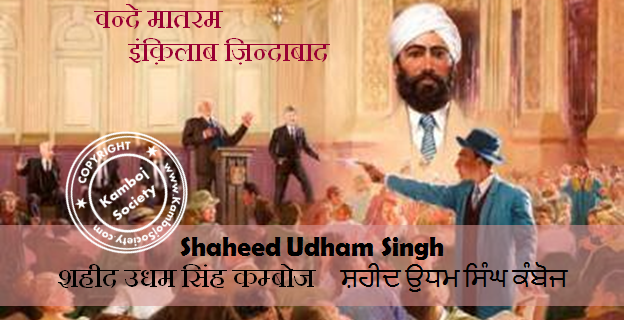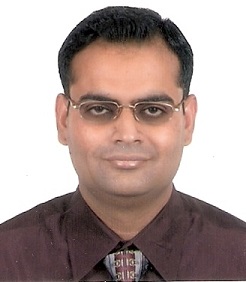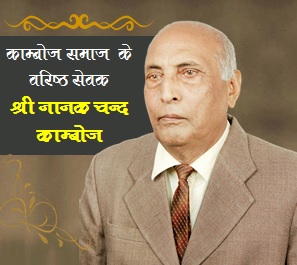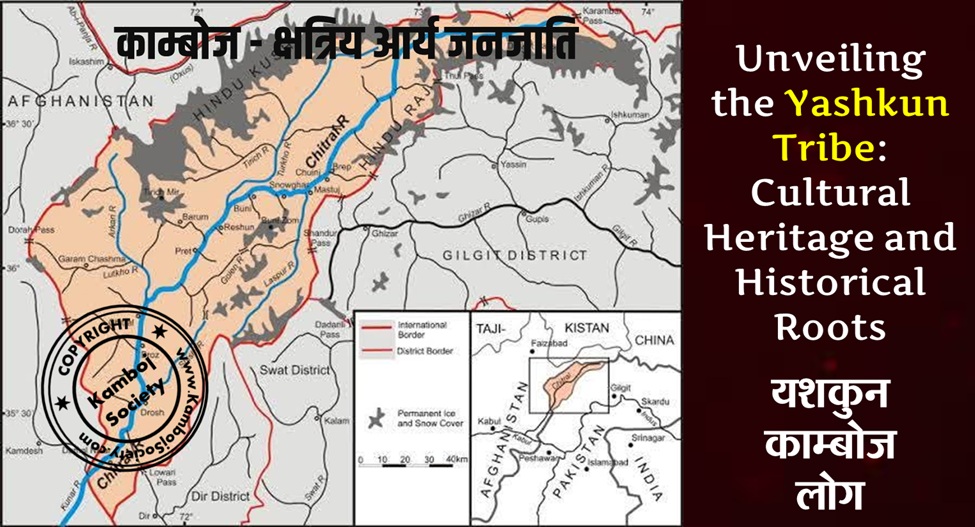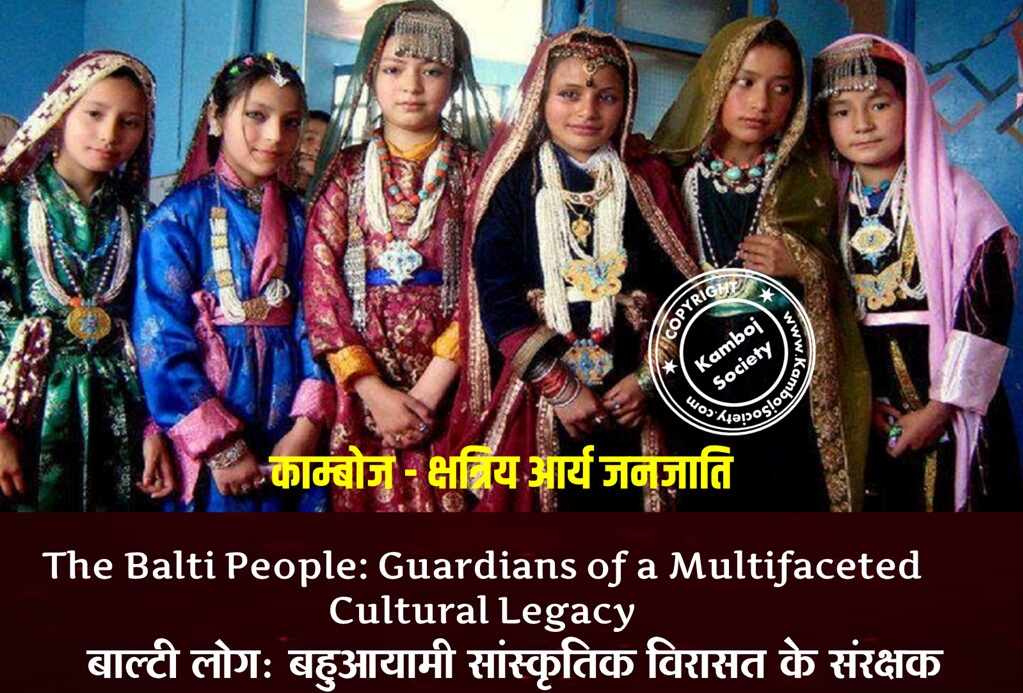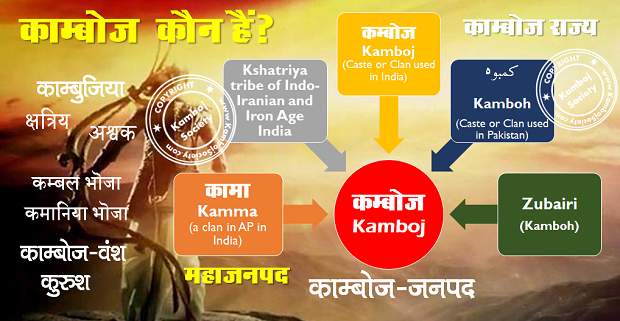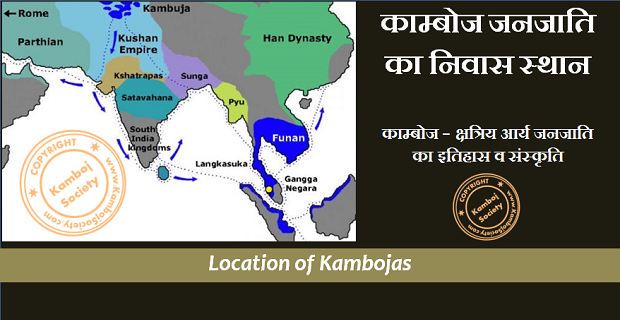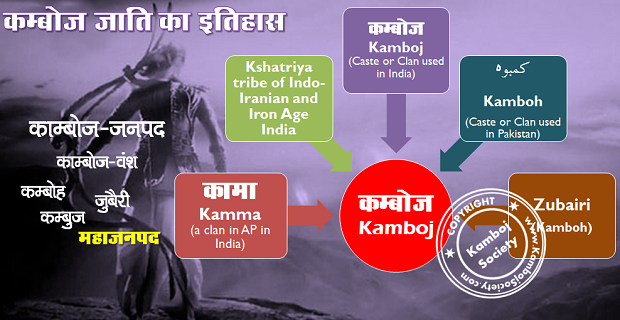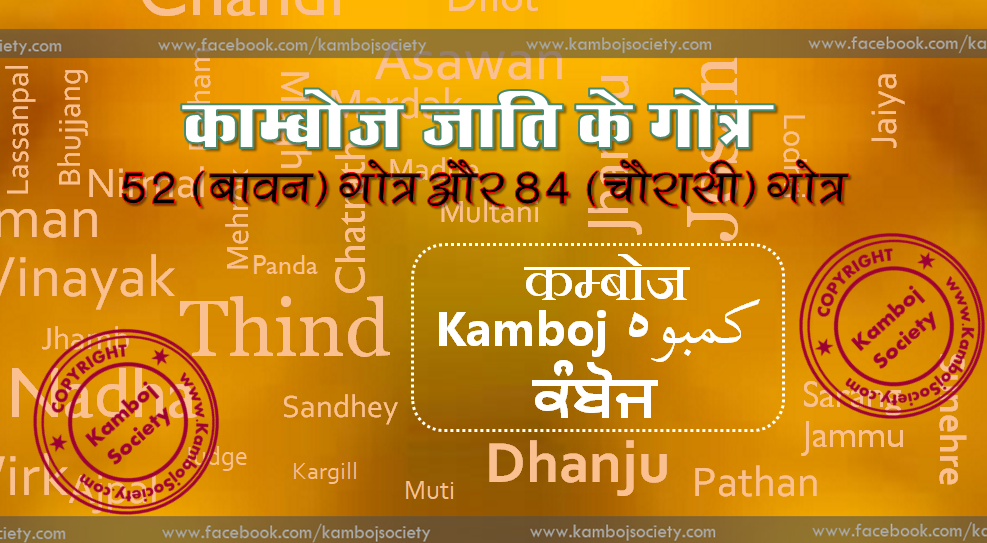The horrible two century long, British Rule in India producing the world’s worst holocaust was brought to an end on 15th of August 1947, when India got Independence. Surely the British did not leave India on their own good will; rather they were forced by the resilience, grit and determination of the people of India. Though the non-violent efforts of the Nehru-Gandhi combine got the most limelight and the resulting power, the efforts of Shaheed Bhagat Singh, Chandra Shekhar Azad, Kartar Singh Sarabha, Subash Chandra Bose and Shaheed Udham Singh can never be forgotten. This group of revolutionary freedom fighters made the supreme sacrifice by giving their own lives for the love of their country and thus brought the mighty British Kingdom to its knees forcing them to flee India. Born on 26th December 1899, in a devout Sikh family of Sunam (Punjab), Sardar Udham Singh was best known for his courage in assassinating General Dyer in March 1940 in what has been described as an avenging of the Jallianwalla Bagh Massacre also known as the Amritsar Massacre, was named after the Jallianwala Bagh (Garden). Udham Singh lost his parents when he was 7 and was raised at the Central Khalsa Orphanage in Amritsar. As he grew up, he was very aware that foreign forces had encroached upon his homeland and were wreaking havoc with the lives of common citizens. Things reached a critical stage on April 13 1919, when the British cornered over twenty thousand Indians in the Jallianwala Bagh Amritsar and murdered them in cold blood under the command of General Reginald Dyer. These unarmed common citizens had peacefully assembled to listen to several important local leaders speak out against British colonial rule in India and against the arrest and deportation of Dr. Satya Pal, Dr. Saifuddin Kitchlew, and few others under the unpopular Rowlatt Act. Singh and his associates from the orphanage were serving water to the crowd. Unannounced, and under the direct command of General Dyer, a regiment of British soldiers equipped with rifles marched to the park accompanied by two armoured cars with mounted machine guns. With no warning given to the crowd to scatter, Dyer who wanted to teach the “Indians” a lesson ordered his troops to open fire. The attack lasted ten minutes and 1600 rounds were fired. Since the only exit was barred by soldiers, people tried to climb the walls of the park. Some also jumped into a well inside the compound to escape the bullets. A plaque in the monument says that 120 bodies were plucked out of the well alone. Official sources placed the casualties at 379. According to private sources, the number was over 1000, with more than 2000 wounded. Dyer clarified later that this act "was not to scatter the meeting but to punish the Indians for disobedience." After General Dyer reported to his superiors that he had been "confronted by a revolutionary army", the British Lieutenant-Governor of Punjab, Michael O'Dwyer wrote in a telegram sent to Dyer: "Your action is correct and the Lieutenant Governor approves." O'Dwyer requested that martial law should be imposed upon Amritsar and other areas, and this was granted by Viceroy Lord Chelmsford. This incident had deeply shaken young Singh and proved a turning point in his life. Singh took a silent vow and solemn promise in front of the Golden Temple to wreak a revenge on the perpetrators of the crime and to restore honour to what he saw as a humiliated nation. Thus both General Dyer and Michael O’Dwyer were his clear target to avenge the death of his fellow men. Singh changed his name to Ram Mohammad Singh Azad, symbolizing the unification of all faith & of the three major religions of India: Hinduism, Islam and Sikhism. Singh is considered one of the best-known revolutionaries of the Indian independence struggle; he is also sometimes referred to as Shaheed-i-Azam Sardar Udham Singh. Singh plunged into active politics and became a dedicated revolutionary. He left the orphanage and moved from one country to another to achieve his secret objective, aiming ultimately to reach his target in London. The execution of Bhagat Singh by the British on March 23, 1931 furthered his resolve to free India from the clutches of this dictatorial British Empire. Singh at last arrived at London in 1934 and took up residence at 9 Adler Street, Whitechapel (East London) near Commercial Road. According to the secret reports of British Police, Singh was on the move in India till early 1934, and then he reached Italy and stayed there for 3 - 4 months. From Italy he proceeded to France, Switzerland and Austria and lastly reached England in 1934. Singh also purchased a six-chamber revolver and a load of ammunition. Notwithstanding various chances to strike, Singh awaited an accurate time when he could make more impact with the killing and attract global attention to his cause. General Reginald Dyer died in 1927 so now Singh had a clear focus on Michael O’Dwyer. The opportunity came on 13 March 1940, almost 21 years after the Jallianwala Bagh killings: A joint meeting of the East India Association and the Central Asian Society (now Royal Society for Asian Affairs) was scheduled at Caxton Hall, and among the speakers was Michael O’Dwyer. Singh concealed his revolver in a book specially cut for the purpose and managed to enter the hall. He took up his position against the wall. At the end of the meeting, the gathering stood up, and O’Dwyer moved towards the platform to talk to Zetland. Singh pulled his revolver and fired. O’Dwyer was hit twice and died immediately. Then Singh fired at Zetland, the Secretary of State for India, injuring him but not seriously. Incidentally, Luis Dane was hit by one shot, which broke his radius bone and dropped him to the ground with serious injuries. A bullet also hit Lord Lamington, whose right hand was shattered. Singh did not intend to escape and boldly raised slogans for the freedom of India. He was arrested on the spot. His weapon, a knife, his diary, along with a bullet fired on the day are now kept in the Black Museum of Scotland Yard. Back in India, there was a strong reaction to this assassination. The Nehru-Gandhi combine in its continued efforts to appease the British, condemned the actions of Singh whereas the wider population felt elated that someone had the guts to go to England and avenge the Jallianwala Bagh genocide. The Indian Government's own secret reports abundantly reveal that the murder of O’Dwyer had proved a catalyst to ignite and excite great satisfaction among the people of India. Singh was called "fighter for freedom" by The Times of London, and his act was said to be "an expression of the pent-up fury of the downtrodden Indian People". On 1 April 1940, Singh was officially charged with the murder of Michael O’Dwyer. While awaiting trial in Brixton Prison Singh went on a 42-day hunger strike and had to be forcibly fed daily. On 4 June 1940, he was committed to trial, at the Central Criminal Court, Old Bailey, before Justice Atkinson. When the court asked about his name, he replied "Ram Mohammad Singh Azad", (Ram as a Hindu name, Mohammad as a Muslim name and Singh as a Sikh name). Azad means to be free. This demonstrated the four things that were dear to him and his transcendence of race, caste, creed, and religion. Singh was convicted, and Atkinson sentenced him to death. On 31 July 1940, Singh was hanged at Pentonville Prison. His last words before being executed were: "I don’t care, I don’t mind dying. What is the use of waiting till you get old? This is no good. You want to die when you are young. That is good, that is what I am doing. I am dying for my country".
Shaheed Udham Singh - Fighter for Indian freedom struggle
- Deepak Kamboj
- Jul 26th, 2014
- 5333 Views
